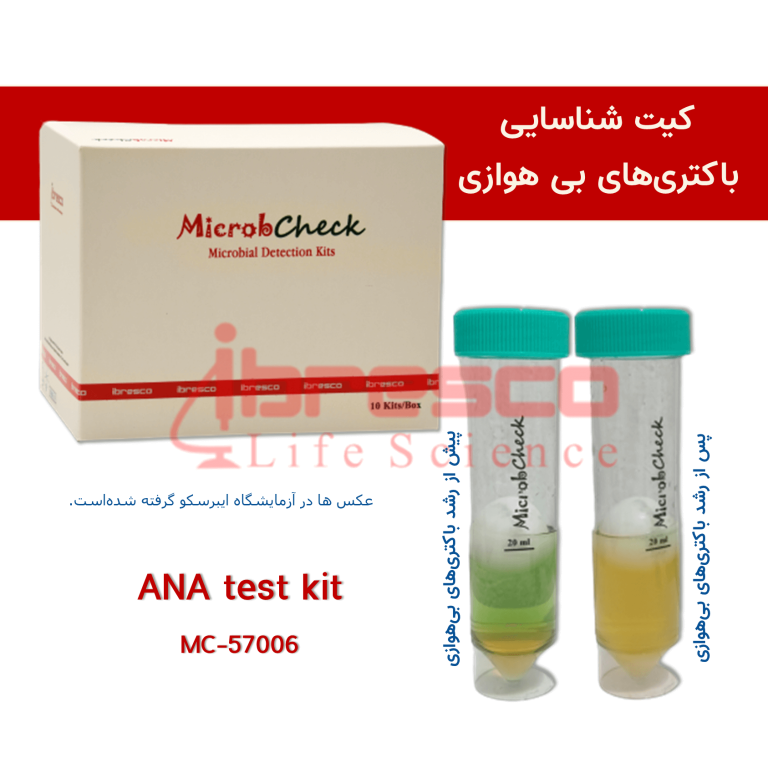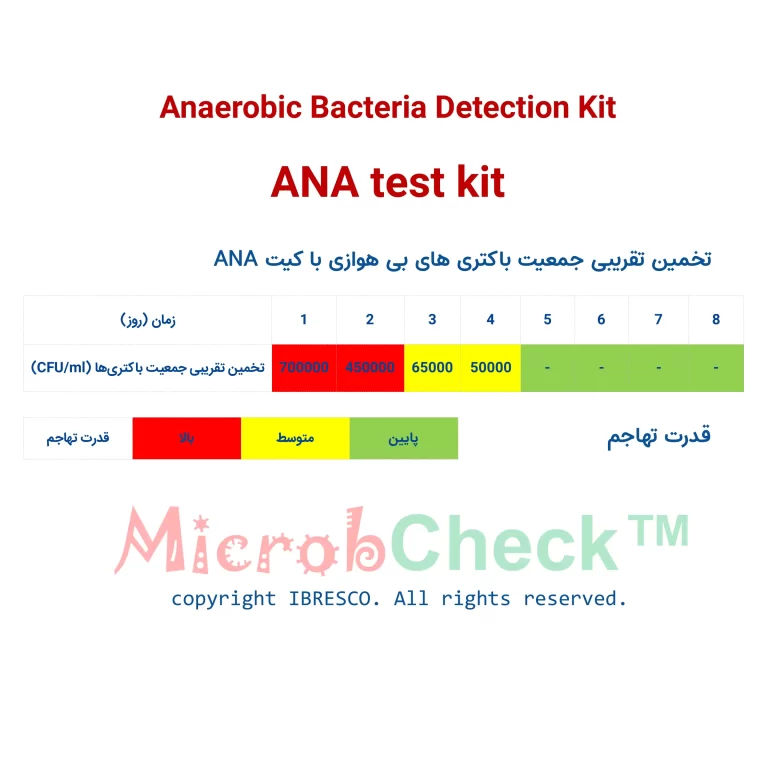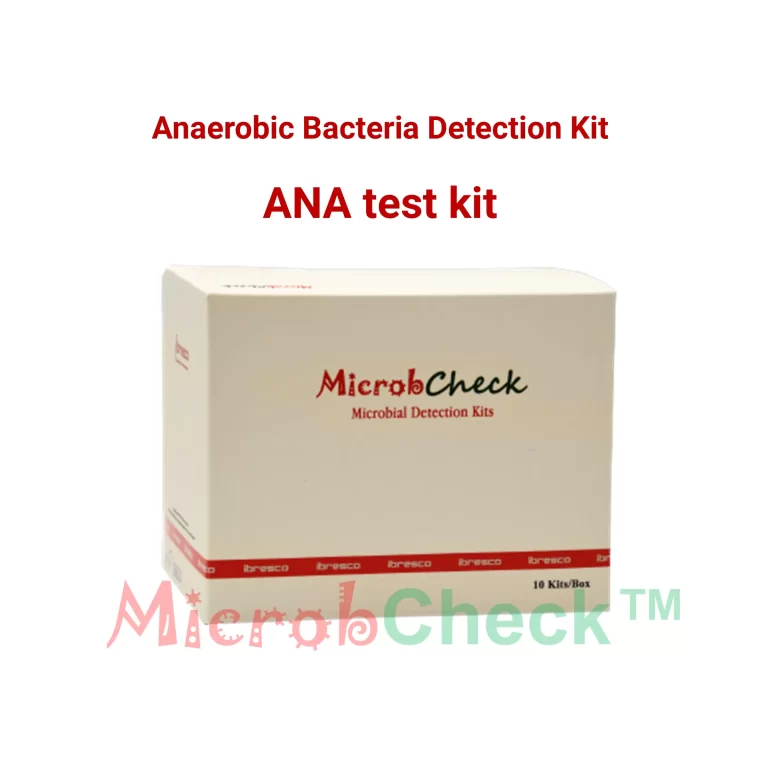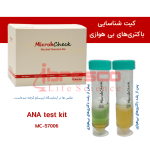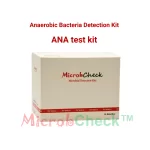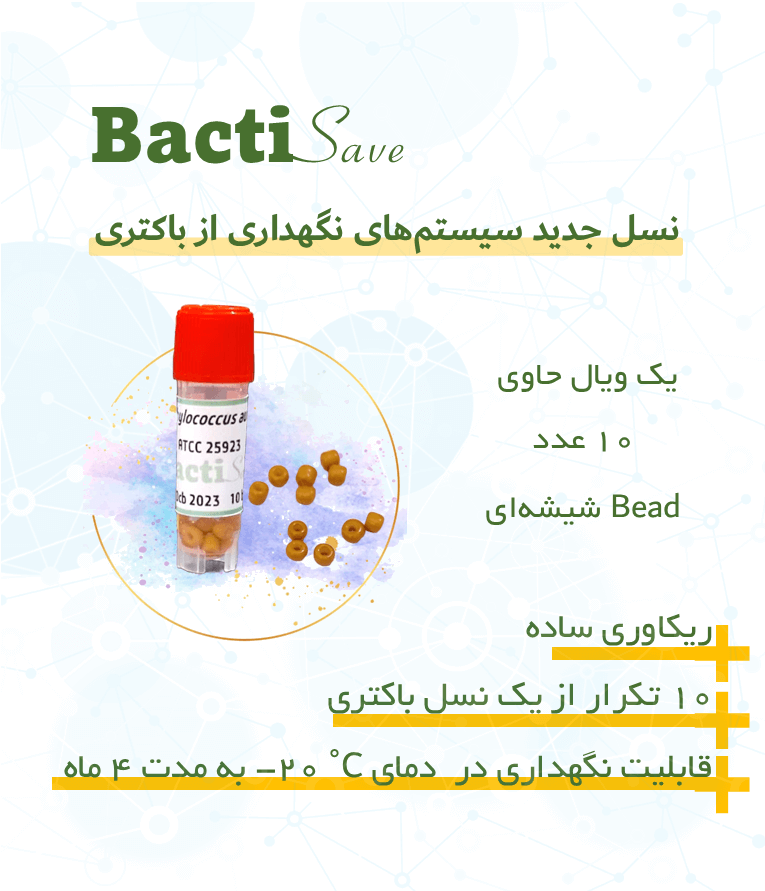توضیحات
Anaerobic bacteria are a diverse group of heterotrophic bacteria that are divided into three categories based on their oxygen requirements. Firstly, obligate anaerobic bacteria that do not grow in the presence of oxygen. Secondly, facultative anaerobic bacteria that can grow in the presence or absence of oxygen. And thirdly, microaerophilic bacteria that require very small amounts of oxygen for growth, but have better growth in its absence. Anaerobic bacteria include both gram-positive and gram-negative types, and can grow in a wide range of environments. Two major concerns of bacterial growth are clinical microbial infections and microbial decay.
results interpretation
results interpretation
Detection of the presence/absence of bacteria
The medium inside the Falcon tubes of this kit contains a rich culture medium to support the growth of various anaerobic bacteria. Due to the placement of the ball on the surface of the medium, the conditions inside the Falcon tube become anaerobic. The lower part of the Falcon tube is completely anaerobic, and gradually, from the bottom to the top of the ball, the degree of anaerobicity decreases. Obligate anaerobic bacteria grow in the lower part of the Falcon tube, and the bacterial population that will grow around the ball is mostly facultative anaerobes. Obligate anaerobic bacteria grow in the lower part of the Falcon tube, and the bacterial population that will grow around the ball is mostly facultative anaerobes. Microaerophillic bacteria will also grow along the length of the Falcon tube.
If any anaerobic bacteria are present in the sample added to the kit, bacterial growth will be visible in the medium by creating turbidity 1 to 8 days after inoculation.
Estimating the approximate population and aggressive potential of bacteria:
If the test result is positive, you can estimate the bacterial population and the extent of their invasion according to the tables below. A faster response occurs when the population of bacteria is higher.




